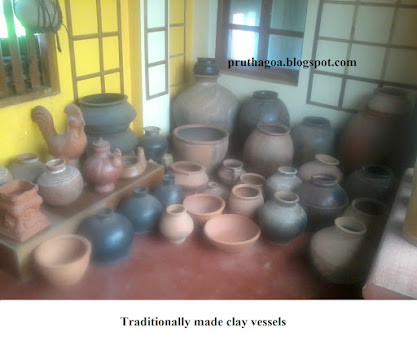Preservation for Posterity

He talks of a ‘madness’ that has driven him for years to salvage the cultural history of this verdant land called Goa. Its versatile heritage has been curated by Victor Hugo Gomes with painstaking perseverance and attention to detail. With his degrees in art and conservation, Victor has moved from village to village documenting trades that have disappeared or are slowly vanishing and has been curating a vast storehouse of Goa’s past in various symbols of her culture. It all began with excursions into forbidden areas. Always a curious child with a questioning mind, Victor would explore attics, storerooms and even the dark rooms used to punish him for misbehaviour, to find strange and intriguing items of interest like different types of clay pots, baskets, tools, old altars and wooden chests filled with clothes belonging to a bygone era. This childhood fascination for gleaning commonplace items, which have shaped Goa’s cultural history, and a questioning mind, nurtured by his grandmother


